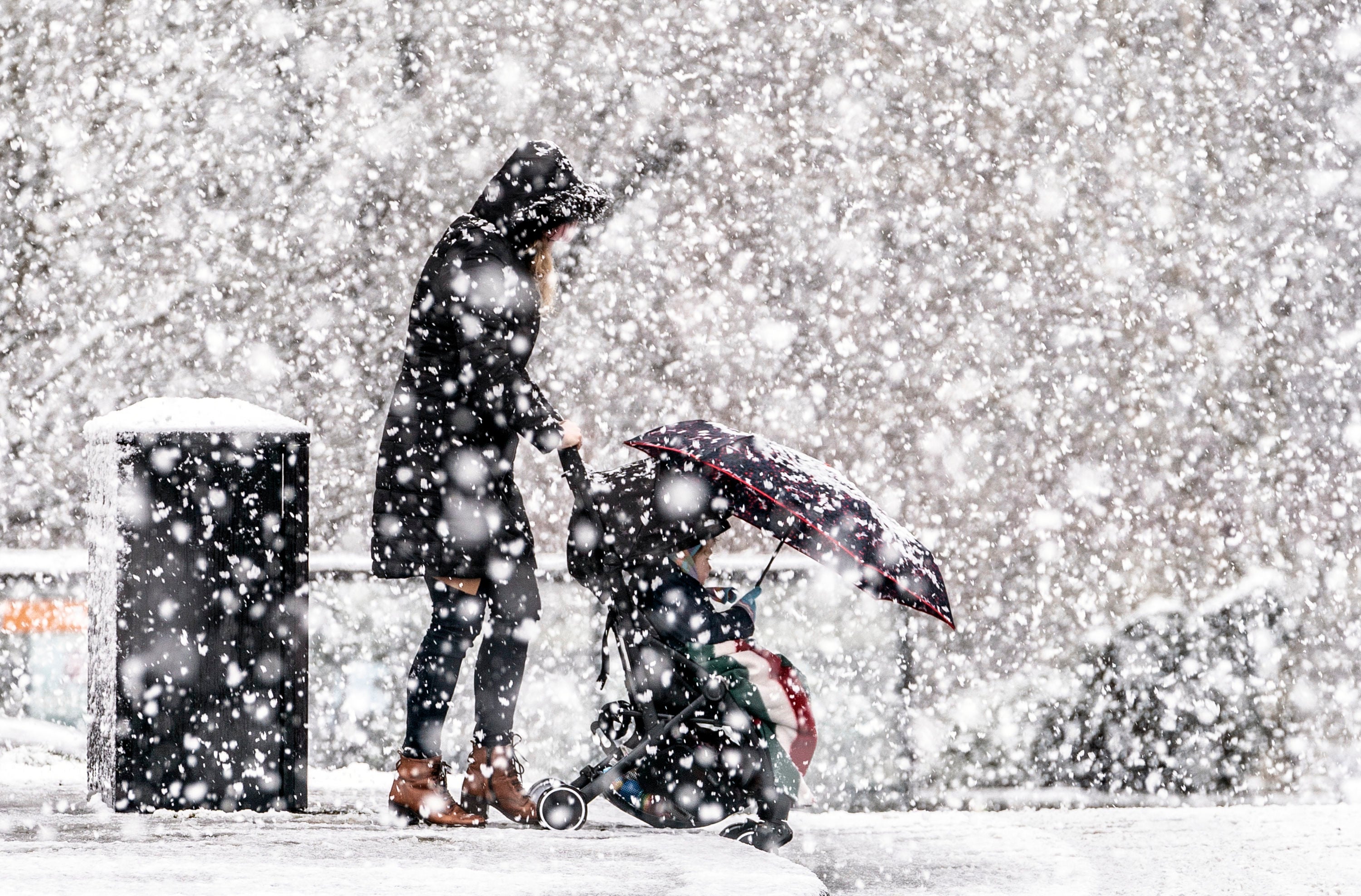Warning as UK to face return of ‘Beast from the East’
The wintry conditions are forecast to stretch over ten days into March.
Parts of the UK face snow and temperatures as low as minus 11C at the end of February as the ‘Beast from the East’ returns.
The wintry conditions are forecast to stretch over ten days into March as gusty winds and rain return from Friday in the north before pushing into the south after the weekend.
This week, temperatures across the UK are mostly mild. It is forecast to reach 13C in the south and 11C in the north, but there could be sub-zero temperatures at night.
The freezing conditions across the UK are due to a rare polar phenomenon - a ‘Sudden Stratospheric Warming’ (SSW) - that caused 2018’s ‘Beast from the East’, which began in late February and caused 17 fatalities.

The Met Office issued a red weather warning in parts of the country - meaning a risk to life - after snow caused widespread travel disruption.
Scotland, Devon, Somerset, and South Wales were the worst hit areas, while a man died in London after being pulled from a frozen lake.
The UK is set for its third blast of freezing weather this winter after two weeks of freezing temperatures in December was followed by a subzero week in January.
A Met Office forecaster said: “During February 25 to March 11, a period of colder or much colder temperatures is a possibility.”
Netweather forecaster Nick Finnis said: “An SSW means there could be much colder and wintry weather before spring arrives. They trigger colder conditions in the UK on average two out of every three times they occur.”
Meanwhile, Met Office weatherman Alex Deakins said in January: “The chances of a sudden stratospheric warming (in February) is currently 20 or 25 per cent.”
However, Dr Amy Butler, an atmospheric scientist at the US National Oceanic and Atmospheric Administration, wrote on Twitter in January: “Latest forecasts suggest a major SSW is off the table for now. Just not getting the amplitude of planetary wave breaking that you typically see before a complete reversal of the polar vortex winds.
“Still, will be interesting to see how things evolve in Feb!”.
Join our commenting forum
Join thought-provoking conversations, follow other Independent readers and see their replies
Comments


Bookmark popover
Removed from bookmarks